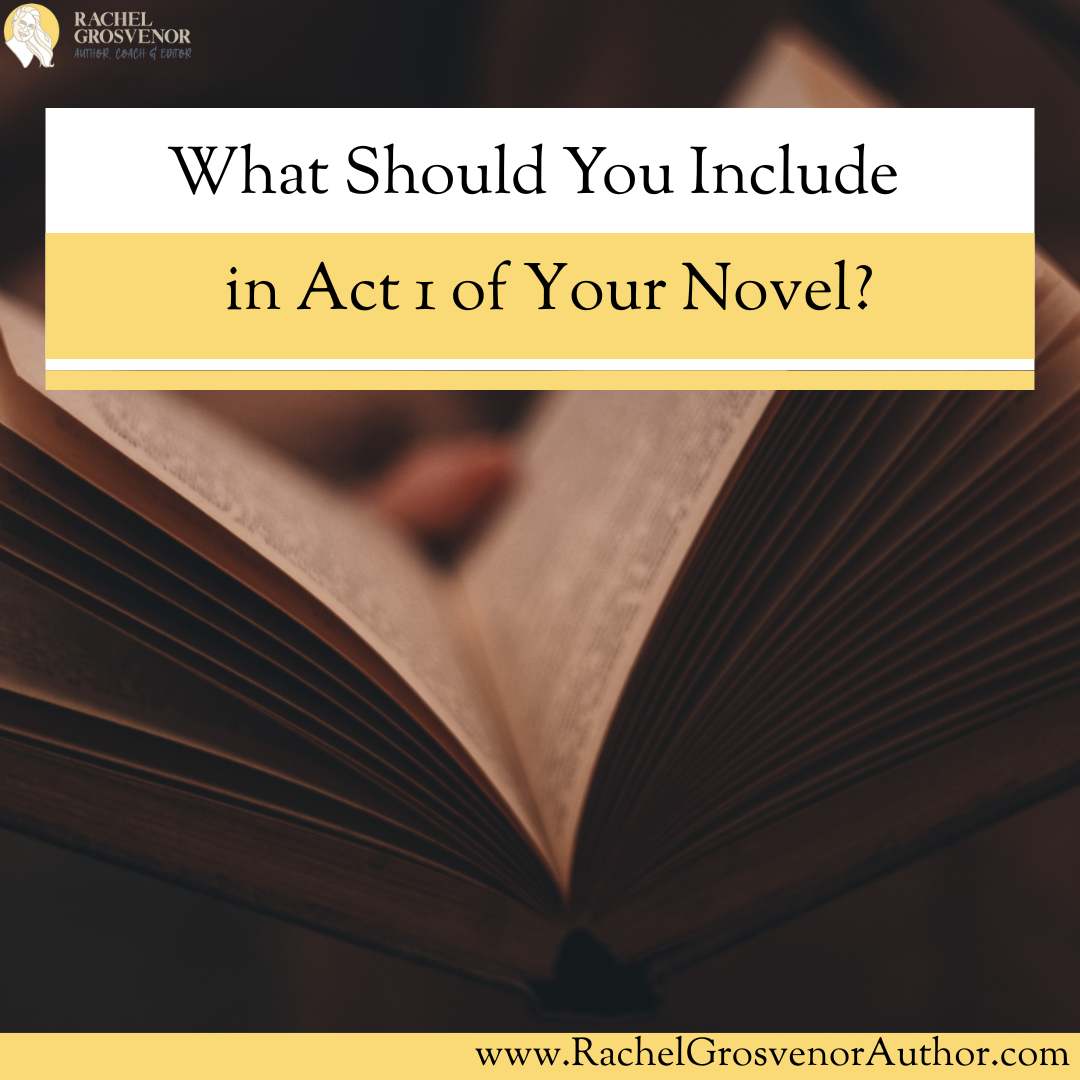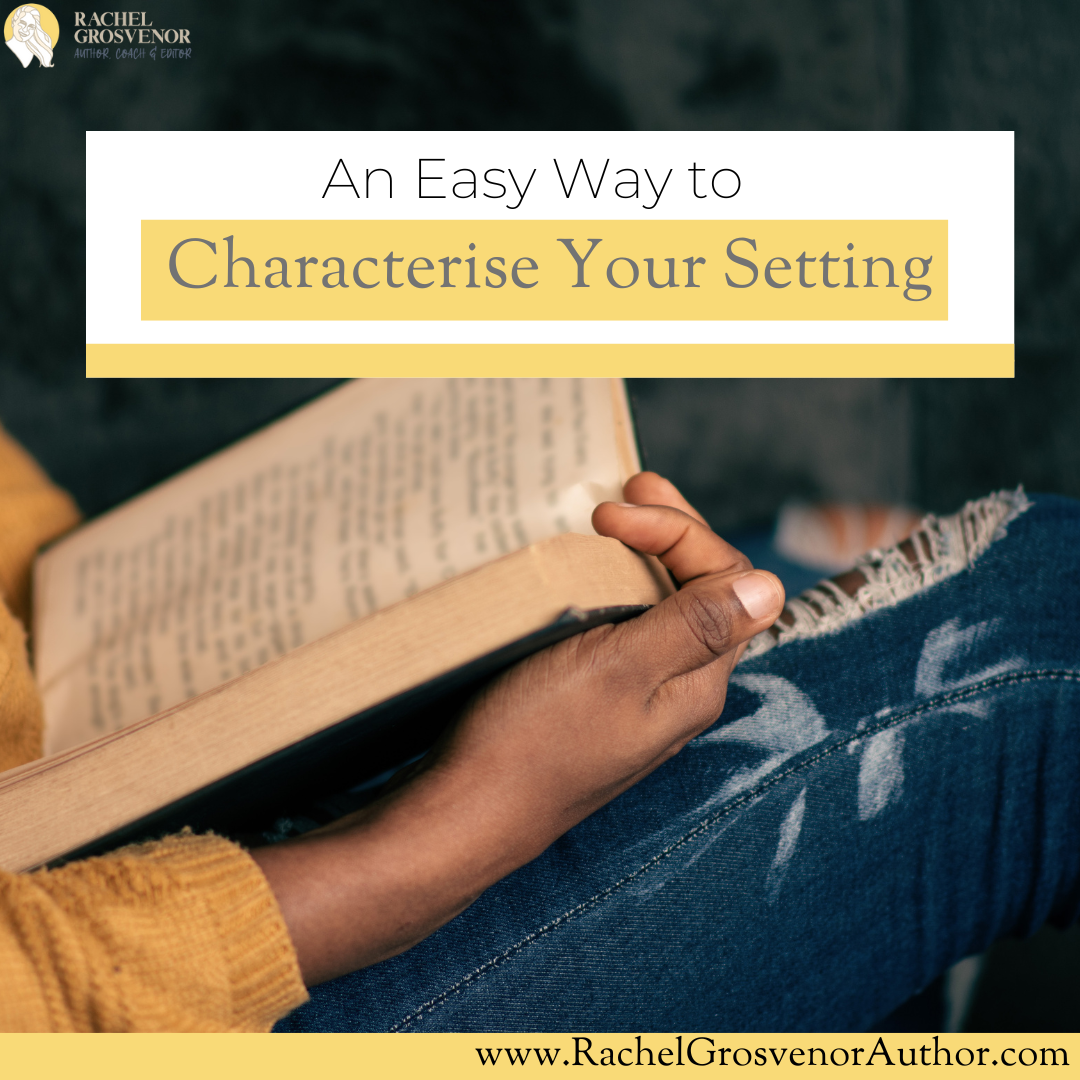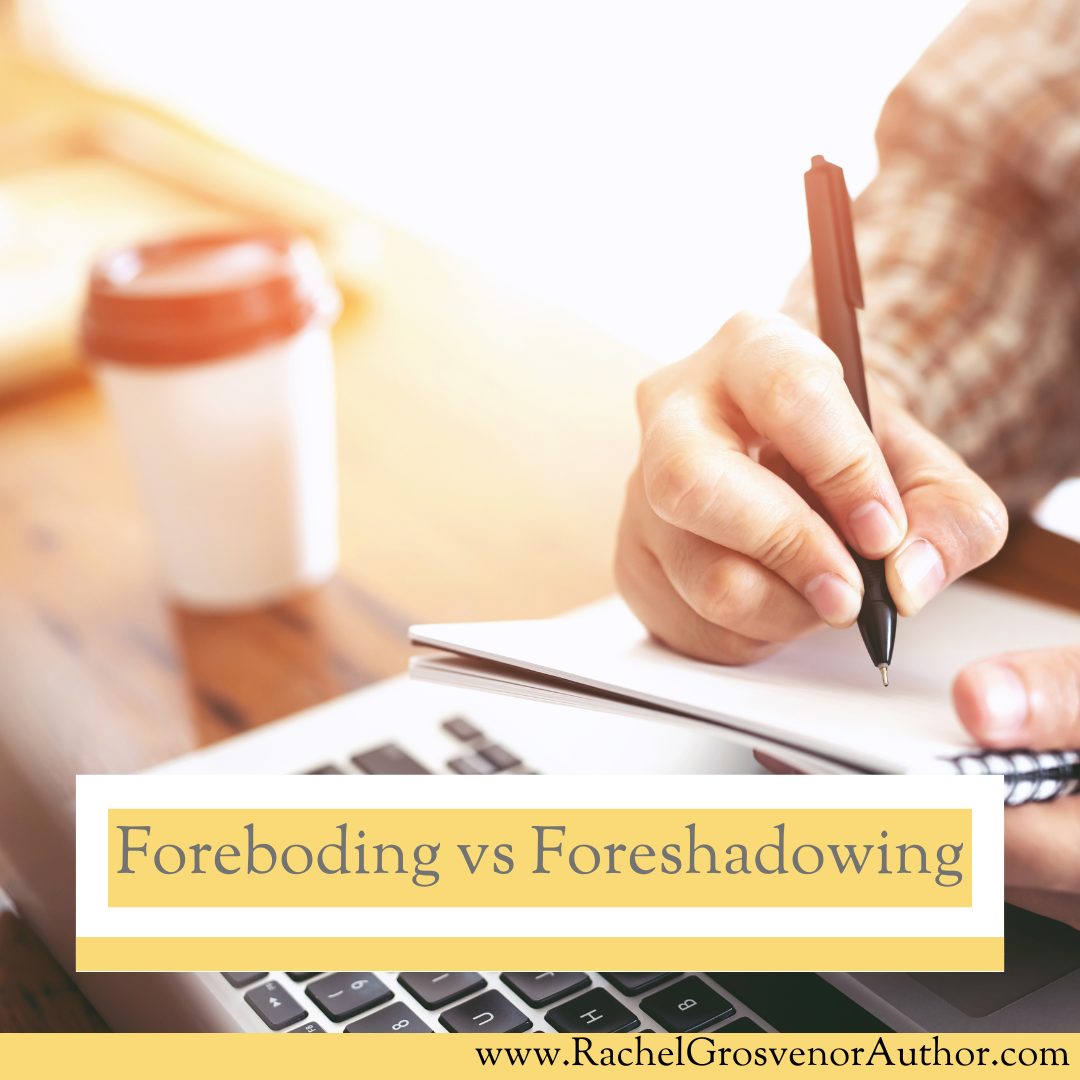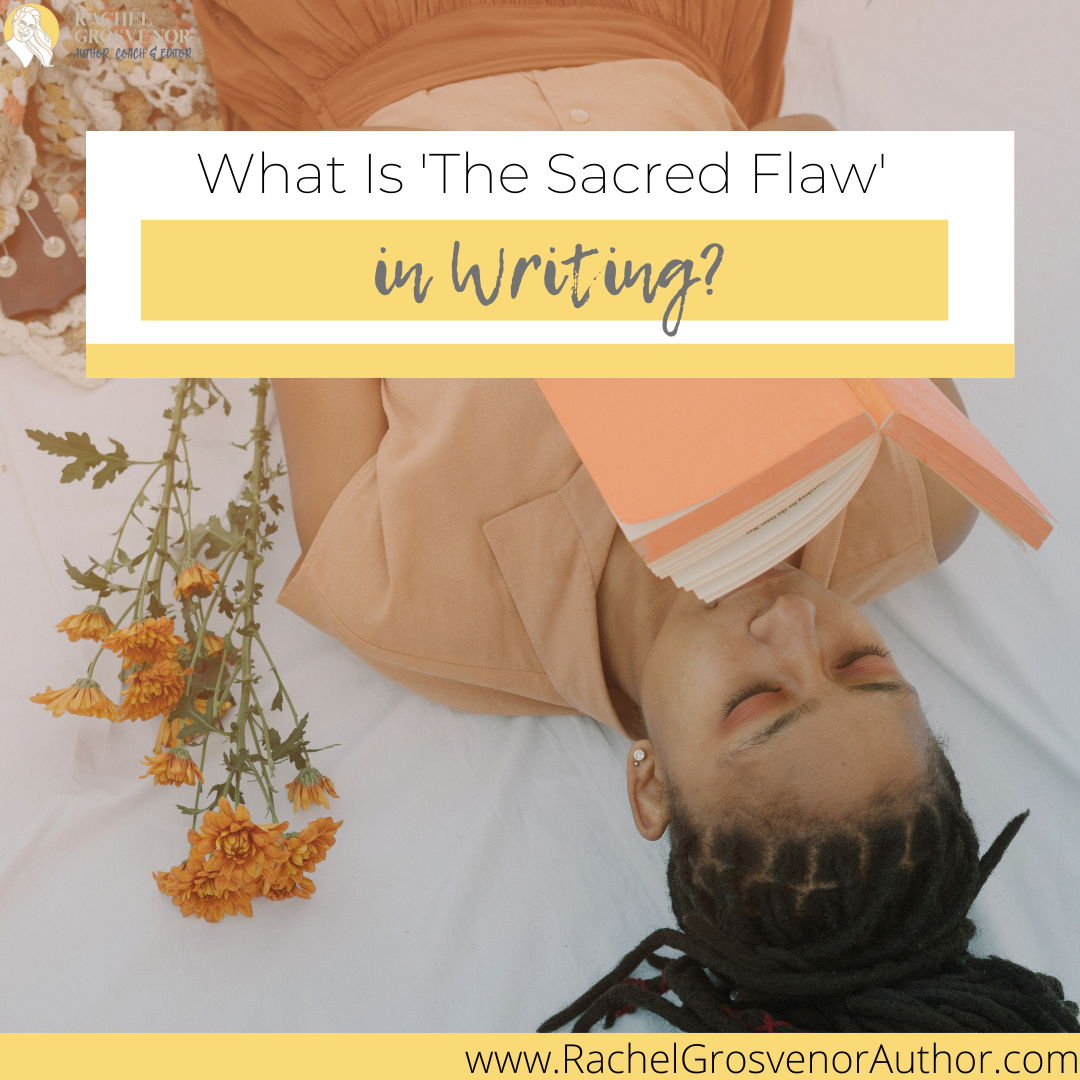So, you’re writing a novel!
It’s a bit like baking a cake, in a roundabout, not very much but I’m going to run with the metaphor for this post, way. You need to make sure you add in your ingredients before you put it in the oven. Otherwise, the cake won’t rise. But what are the correct ingredients? Let’s see…
Your main character / protagonist:
The person/creature/individual we are going to follow for the rest of this book. Who are they, what is ‘life as normal’ for them, what do we need to know, what do they want, why can’t they have it, and why are we joining them to read about their amazing story?
Your world:
What is home to your protagonist, or where are they, and why are they there? Who do they live with?
Tone:
Think about the difference between Pride and Prejudice by Jane Austen and Soul Music by Terry Pratchett. Or even, Wolf Hall by Hilary Mantel, and Twilight by Stephenie Meyer. You may not have read the books, but you may be aware from promotional material that they have a distinct tone from one another. The first act is where you set this up. Are we reading something that’s amusing, with wry wit, in the style of Pratchett? Or, something serious and literary, in the style of Mantel?
An inciting incident:
Something is needed in your first act that pushes your protagonist out of their ‘life as normal’ and into a new decision/life/world. This is the thing that galvanises your character to act, the thing that forces your reader to want to read on. This is the moment that sets the stakes for the novel.
Now you can put your cake in the oven, and watch it rise! Or, you know, write the first act of your novel successfully.
Looking for an editor and writing coach for next year? Get in touch now, and see how I can help you.








